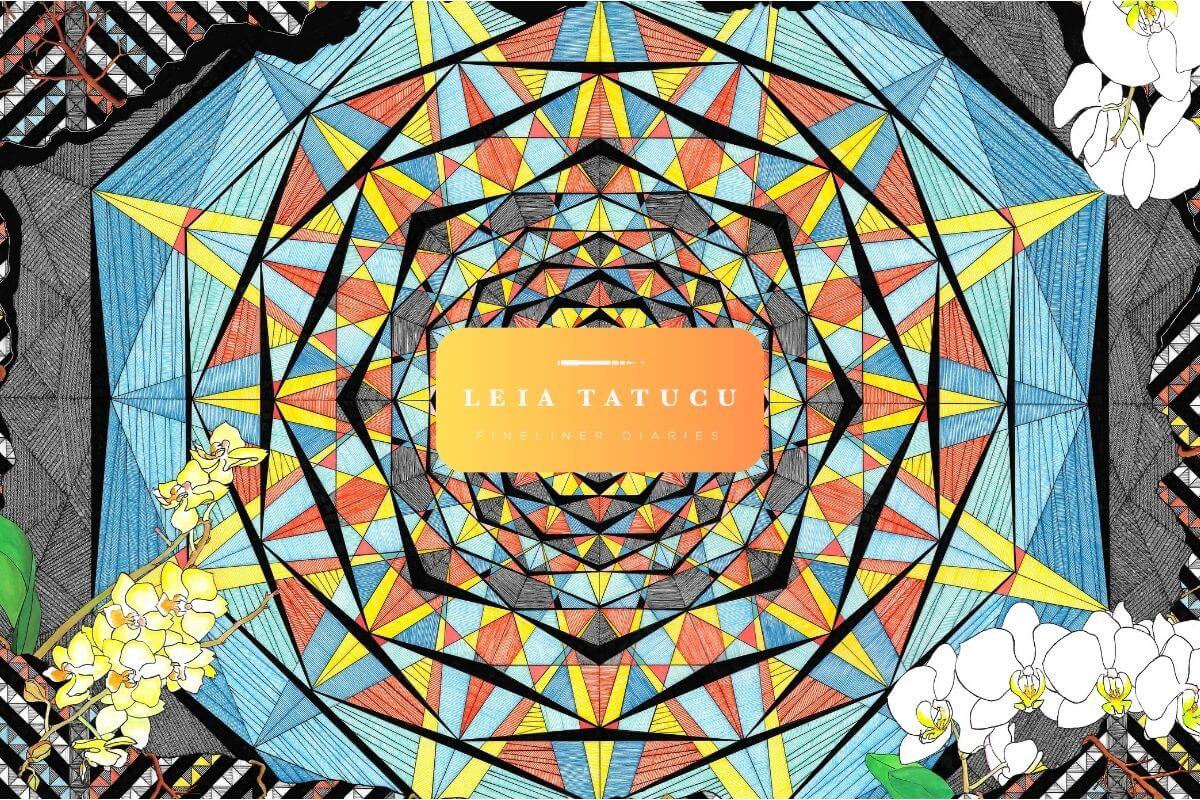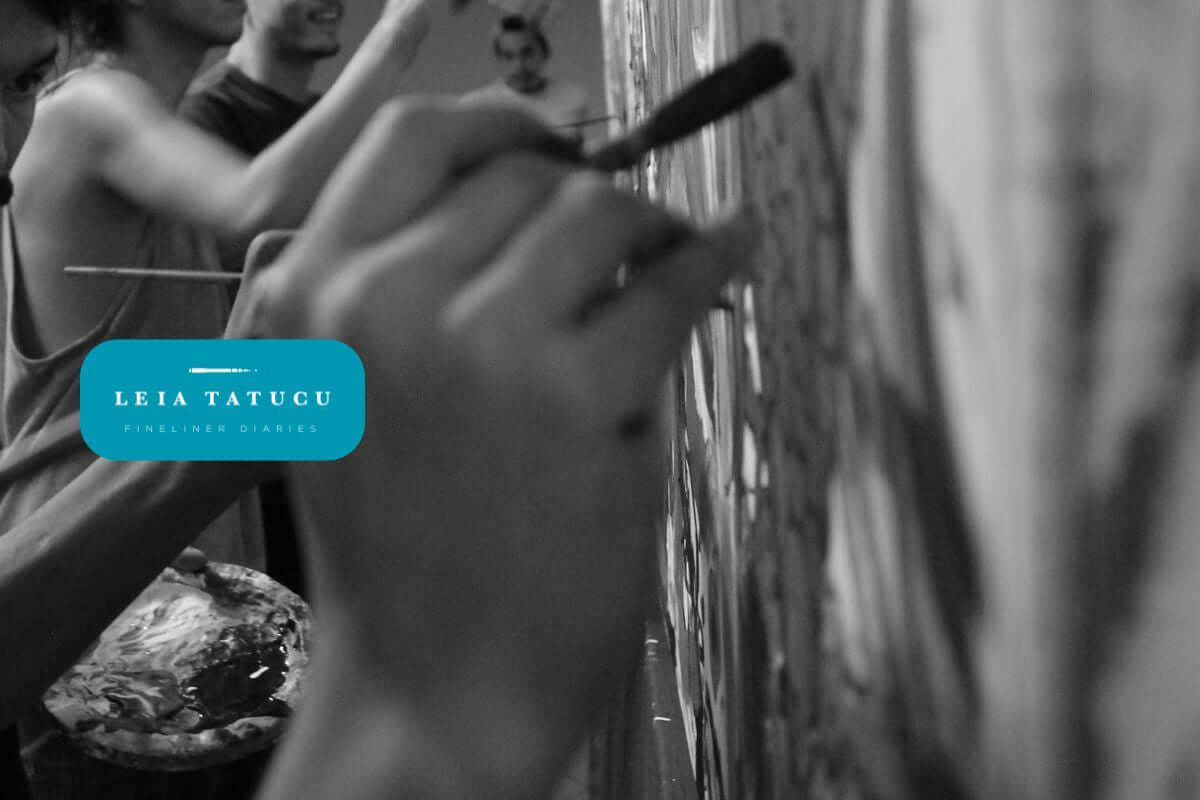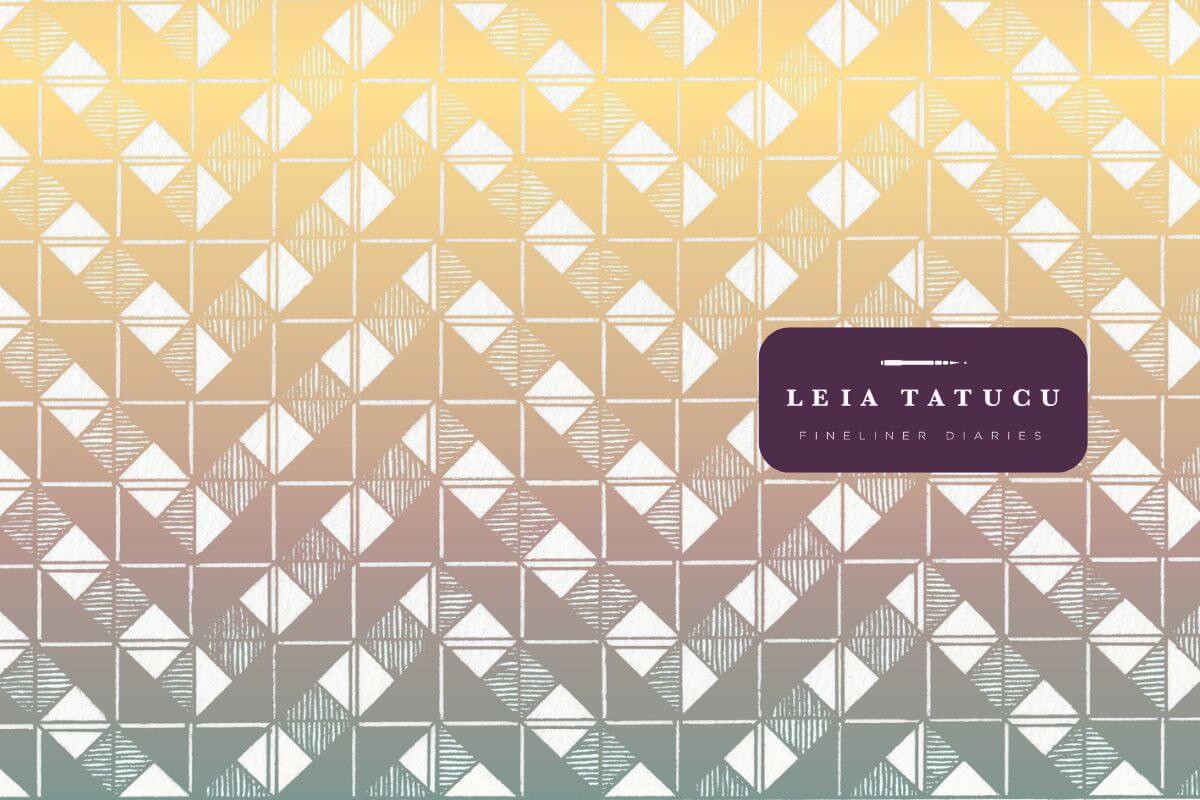
Mistakes as Teachers: Sketching Your Creative Journey
Mistakes are often viewed as setbacks, but I see them as invaluable opportunities for growth. In the world of art, they are some of our greatest teachers. Every slip of the hand or unintended mark holds the potential to teach, transform, and inspire. Sketching, in particular, is a medium where mistakes are not just inevitable—they’re an essential part of the creative process.
This perspective is deeply personal to me because I often hear people striving for perfection, whether it’s avoiding smudges on a drawing, missteps in a dance class, or missteps in life. The desire to be "perfect" can feel overwhelming, but I no longer believe perfection is a goal worth chasing. As a recovering perfectionist, I’ve learned that doing my best and allowing myself the freedom to make mistakes is far more fulfilling. These stumbles are gifts—each one a chance to learn and grow.
By sharing this with you, I hope to inspire a shift in how we view mistakes. Let’s stop seeing them as failures and start recognizing them as windows to growth, creativity, and resilience.
The Importance of Sketching
Sketching is a foundational practice for all artists. Whether you're working toward hyperrealism or abstract expression, a simple sketch can help you see better, focus on details, and explore concepts without pressure. It's the playground where ideas come to life, and it sharpens the most critical tool an artist has—observation.
Many beginner artists feel daunted, unsure how to start or perfect their work. But that’s the beauty of sketching—it’s not about perfection. It's about exploring, learning, and letting the process take you wherever it wants to.

Sketching in Pencil: Lessons in Patience and Detail
Pencil sketching introduces patience into your creative toolkit. The soft, erasable strokes allow for endless experimentation, teaching you that it's okay to take your time refining an idea.
When I first started sketching in pencil, I struggled with the fear of erasing too much. Was I ruining the piece by constantly retracing my steps? Over time, I learned that erasing was not failure; it was a sign that I was paying attention to detail, slowing down, and truly engaging with my work.
Here’s what pencil sketching can teach you:
- Flexibility: Erasing is forgiving. It gives you the freedom to start fresh as many times as needed.
- Attention to Detail: You can refine your work endlessly, sharpening your eye for accuracy and proportion.
- Layering and Building: Starting with light lines and gradually building up contrast fosters patience and precision.
The Art of Ink Sketching: Embracing Impermanence and Boldness
Ink, on the other hand, flips the narrative entirely. There’s no eraser to fall back on here. It’s bold, permanent, and entirely unforgiving. And yet, working in ink taught me powerful lessons about courage, confidence, and living with imperfection.
The first time I worked with ink, I made a bold, unintended mark in the wrong spot—a mistake that felt irreversible. But then, I remembered a lesson I’d learned while practicing Argentine Tango: there are no mistakes, only opportunities to create something new with your partner. That perspective shifted my thinking. The misplaced mark didn’t ruin the artwork; it added character. From that moment, I began to embrace the art of improvisation and adaptation, not only on the dance floor but also on paper.
The lessons from ink sketching include:
- Confidence in Every Stroke: Each mark matters—working in ink pushes you to sketch deliberately and boldly.
- Acceptance of Imperfection: Mistakes are permanent, but they challenge you to transform them into part of the composition.
- Freedom in Constraint: Limitations often fuel creativity, and the permanence of ink encourages innovative solutions.
The Mistakes I Made—and What I Learned
I could fill a notebook with all the mistakes I’ve made while sketching, from smudging my pencil work to spilling ink across an almost-finished piece. These mistakes used to frustrate me, but over time, I’ve grown to celebrate them. Why? Because every single one has a lesson behind it.
- The Smudge that Taught Me Texture: A careless palm stroke smeared graphite across an otherwise clean drawing. To salvage it, I leaned into the texture, creating shadows and depth I hadn’t previously planned for.
- The Ink Blob that Became a Design Element: When a fineliner pen leaked onto my page, I worked around it, transforming it into an abstract shape that gave the piece a modern twist.
- The Overworked Pencil Sketch: I spent hours obsessing over details until my drawing looked over-refined. This taught me that simplicity often speaks louder.
My first large-format ink drawing project was an exercise in embracing imperfection. Since ink cannot be erased, I wanted to challenge myself to make peace with mistakes as they happened. This project, titled The Patterns Series, began with a 24cm by 68cm geometric-pattern drawing in colored ink. My goal for this piece was simple: keep going, no matter what mistakes I made along the way. Although I know I made several errors, they're nearly impossible to spot at first glance.

The first piece felt incomplete, as though it needed a counterpart. I followed up with a second drawing in the same format, featuring a different geometric pattern. This time, I introduced orchid blooms breaking through the rigid lines, symbolizing life and organic growth disrupting structure.

As I worked, I realized I had inadvertently created a visual metaphor for my own struggle with perfectionism: fighting against rigid patterns, then breaking free of them. This realization inspired the need for a third and final piece—a conclusion to tie the story together with a sense of resolution.
The third piece, titled Transformations, was created on a larger 50cm by 70cm piece of paper. It features a geometric pattern with a large hole torn through the center, where orchid blooms emerge along the edges of the break. Behind the fractured pattern, a bold mandala-like geometric form reveals itself, symbolizing deeper meaning and growth. This final piece reflected what I had learned over months of working on the series: breaking free from self-imposed boundaries is only the beginning. Each stage of personal growth reveals new challenges that demand even greater skill and resilience to overcome.

To this day, The Patterns Series remains one of my favorite projects. All three pieces are framed and deposited in the studio—reminders of the beauty in imperfection and the ongoing journey of growth.
Sketching Tips for Beginners
Learning to sketch is a process, and it only becomes more rewarding when you open yourself up to the lessons learned through trial and error. Here are some tips derived from my own experiences:
- Start Light
If you're using pencils, keep your initial strokes soft and easy to erase. It’s less intimidating to make changes when working with light lines. A softer pencil lead, such as one with a lower hardness grade than the standard HB, is notably easier to erase.
- Experiment Freely
Don’t limit yourself to one technique or medium. Try pencil and ink, combine them, or layer them. The more you experiment, the more comfortable you’ll become. I begin my process by sketching my motifs in pencil, refining the details until I’m satisfied with the composition. Once the pencil sketch feels complete, I trace over it in ink to solidify the final design. The pencil work often appears messy in contrast to the clean ink lines, as it allows me the freedom to explore and refine the contours before committing to them in ink.
- Work Fast and Loose
Quick sketches are a great way to loosen your hand and break free from perfectionism. This is particularly useful for ink sketching, where working quickly can add a sense of fluidity to your lines. I’ll admit—I own more than just a few sketchbooks in my workspace. Among them are what I call my “work fast” sketchbooks. These are dedicated to free, unpolished practice, allowing me to experiment and refine my style without the pressure or fear of “ruining” anything.
- Make One Bold Mark
Pick a moment in your sketch to make one deliberate, confident stroke—it’s a powerful way to draw attention and build compositional focus. Choosing the right spot for this bold mark can help guide the viewer’s eye and create a sense of intention in your work, making your overall composition more impactful.
- Reflect on Your Work
After completing each piece, take a moment to reflect and ask yourself, “What worked well? What didn’t go as planned? Were there any unexpected mistakes that turned out to be blessings in disguise?” Consider how these experiences can guide your next steps, help you improve, and shape your approach moving forward. Thoughtful reflection like this can turn every project into a valuable learning opportunity.
- Say Yes to Mistakes
Don’t fight errors—embrace them as valuable opportunities to learn, adapt, and push your work in new and unexpected directions. Mistakes often reveal insights you might not have discovered otherwise, helping you grow and improve both your process and outcome.

Mistakes Are Your Greatest Teachers
Sketching is so much more than just creating images on a page; it’s a dialogue between you, your tools, and the imperfections that inevitably arise. Mistakes will happen, but they’ll guide you toward discovering your own voice as an artist.
I encourage you to pick up your pencils or pens and allow yourself to make every error under the sun, because art isn’t about perfection—it’s about expression, growth, and the joy of the process.
What’s the most unexpected lesson a sketching mistake has taught you? Share your experience in the comments below or tag your favorite "happy accident" on social media. I’d love to see what you’ve learned!




Leave a comment
This site is protected by hCaptcha and the hCaptcha Privacy Policy and Terms of Service apply.